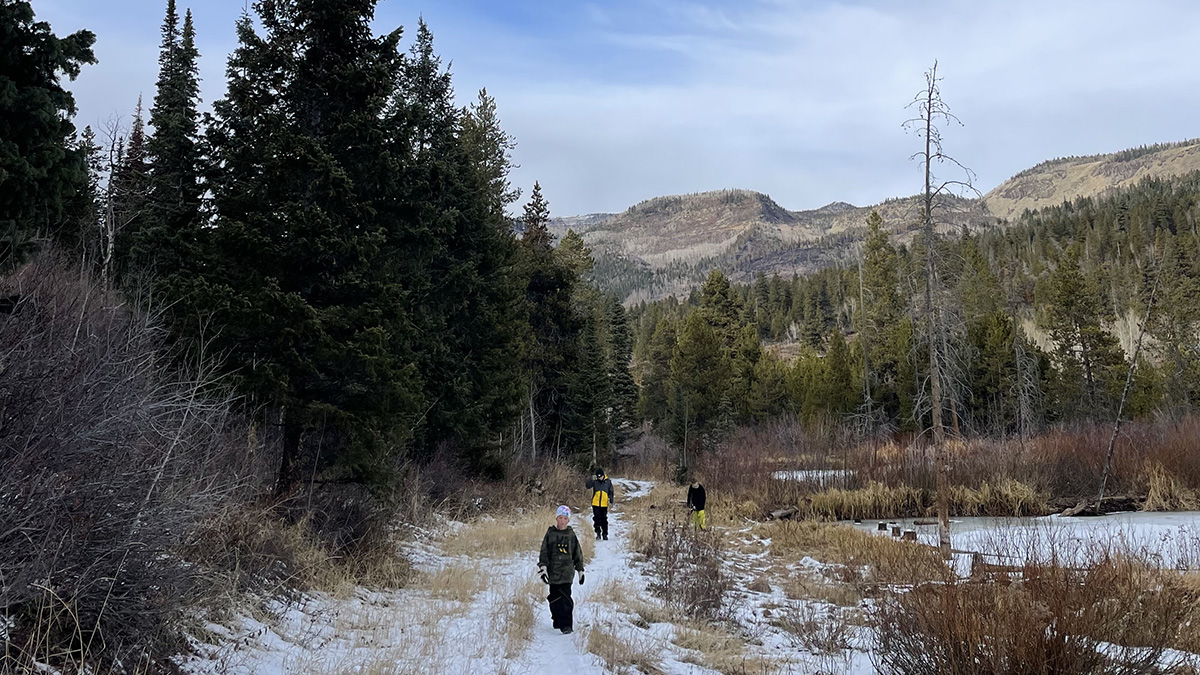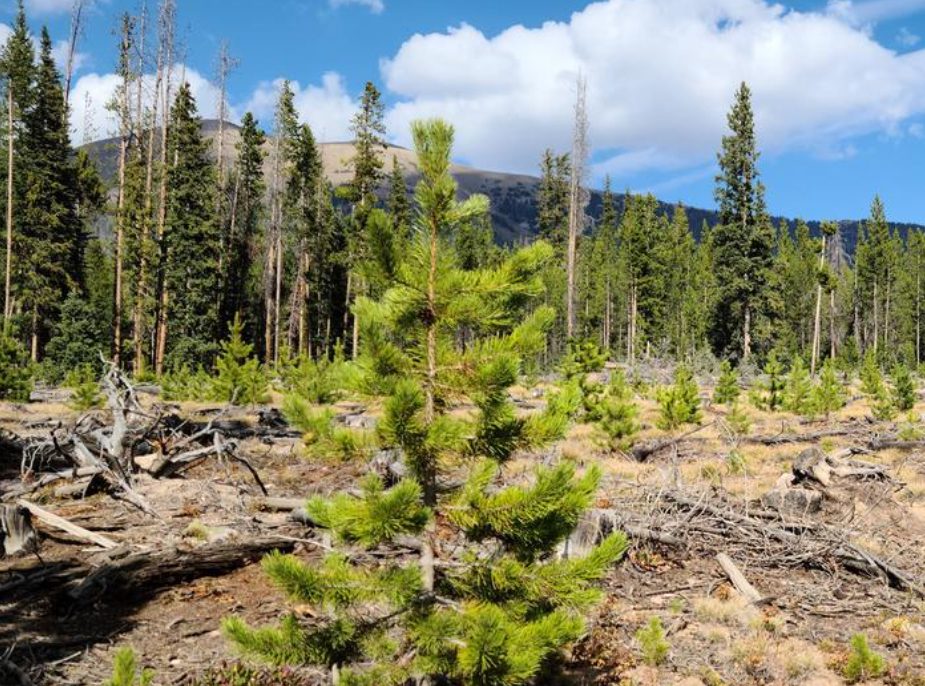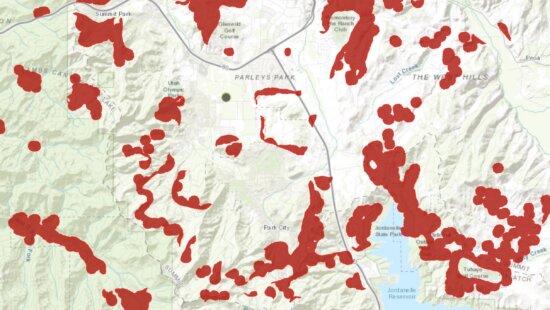Community
Christmas tree permits will soon be available in Uinta-Wasatch-Cache National Forest

Christmas tree cutters walk through an area of the Uintas looking for the perfect tree to bring home. Photo: TownLift // Marina Knight
UTAH — Tromping through the forest to choose and cut a Christmas tree is a time-honored tradition, and it can also help maintain a healthy forest, according to the Bureau of Land Management. Whether cutting a tree is a tradition that’s been held for generations in your family, or you’re wanting to try something new this year, here’s everything you need to know about Christmas tree permits in the Uinta-Wasatch-Cache National Forest.
Christmas tree permits will be available at recreation.gov starting November 10.
Christmas tree permits
Allowing Christmas tree hunters to cut trees in the forest is a great way to help “thin densely populated stands of small-diameter trees – the perfect size for a Christmas tree,” according to the BLM.
The BLM has a fixed number of permits for the four ranger districts: Heber-Kamas Ranger District, Evanston-Mountain View Ranger District, the Stansbury Mountains on the Salt Lake District, and the Logan District. Each permit is $20 and allows the holder to cut one tree from the specified district.
- Heber-Kamas Ranger District: Only subalpine fir trees 20 feet or shorter may be cut. (Subalpine fir needles are soft and flat, unlike spruce needles, which are sharp and round.)
- Salt Lake District: Cutting is limited to the Stansbury Mountains, and only juniper trees may be harvested. Limber pine may not be cut.
- Logan Ranger District: No cutting is allowed in heritage locations such as Tony Grove historical nursery, Old Ephraim’s grave, or research areas.
Avoid cutting a tree within 200 feet of lakes, streams, campgrounds, picnic areas, or Highway 40. Maps showing permitted cutting zones are available on recreation.gov.
Know Before You Go
Winter weather can make travel in the forest unpredictable. Early-season cutting is advisable, as some areas may become inaccessible after snowfall.
Before heading out:
- Measure your space at home and in your vehicle.
- Check road conditions, weather, and closures.
- Bring warm clothing, food, water, and safety equipment.
- Let someone know your plans and when you expect to return.
- Carry chains, a shovel, and a tow strap in case of snow or mud.
- Park only in safe, plowed areas and avoid blocking gates or narrow shoulders near highways.
Safety and Cutting Tips
- Take the entire tree—do not remove only the top. Cut stumps no higher than 6 inches.
- If snow is on the ground, clear it before measuring your stump.
- Use a saw, gloves, boots, tarp, and rope or straps to safely cut and transport your tree.
- Once home, make a fresh cut across the trunk, place the tree in water immediately, and keep it away from heat sources.




















